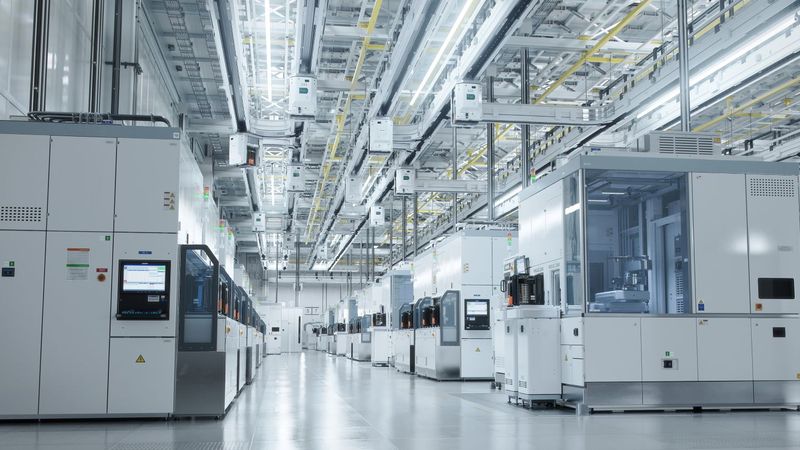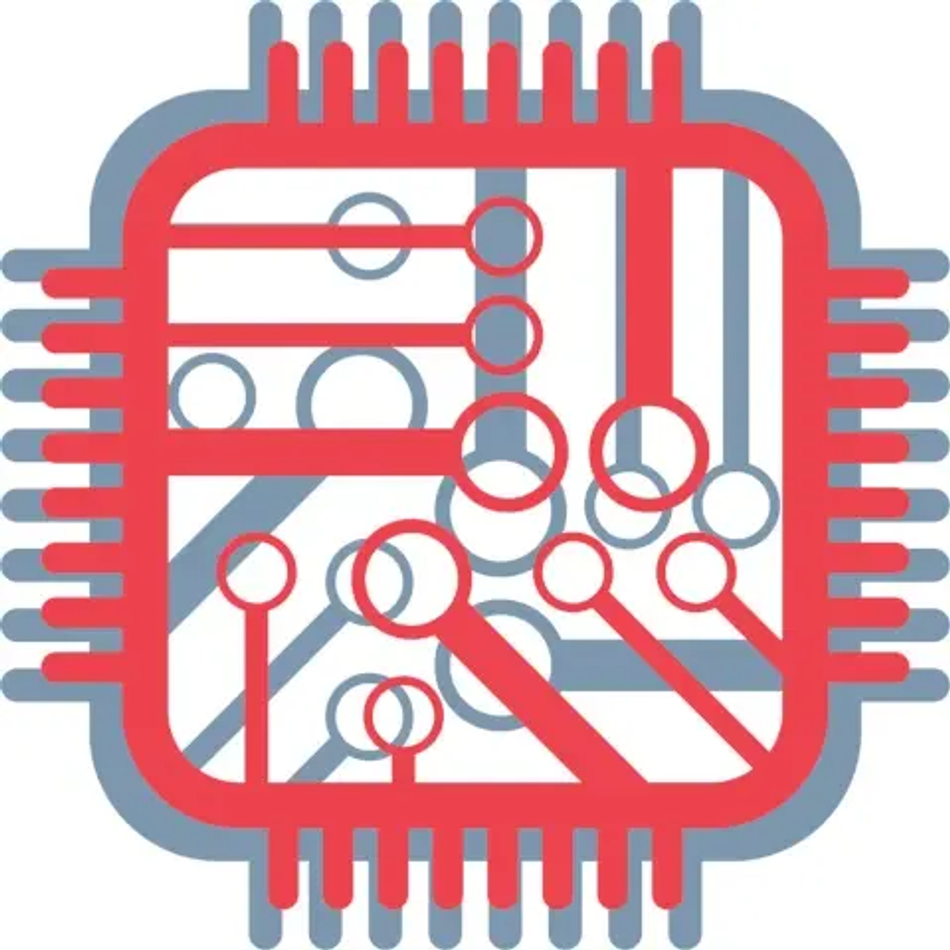Domestic Fabs Won't Solve Chip Shortage for Everyone
New fabs will focus on making cutting-edge chips, not those based on older, established technology. So how should your company solve for potential limited supplies?

Domestic fabs won't solve all problems
This article was first published on
macrofab.comThe semiconductor shortage has caused significant problems for industries that rely on electronics across the world, including the automotive and energy industries. Now there has been a greater push to open new domestic factories, or fabs, in the United States, to offset some of these issues.
But even though the CHIPS Act will funnel tens of billions of dollars into semiconductor factory construction, new domestic fabs won’t solve every problem. It’s important for supply chain managers to understand how new factories will affect semiconductor chip lifecycles and the challenges they may still face once new fabs come online.
Should Companies Redesign Legacy Products Now?
According to the Semiconductor Industry Association, America’s share of global semiconductor manufacturing has declined from 37% in 1990 to barely 12% in 2021. The trend is now reversing. Within the next three years, Intel, Samsung, TSMC, Global Foundries, and others will bring new fabs online in the USA.

While this will combat the ongoing need for semiconductors, these new fabs will focus on making cutting-edge chips, not ones based on older, established technology. Because of this, new fabs will not address the current chip shortage or increase the supply of older semiconductors made domestically.
Those who are determined to source semiconductors from domestic producers should work with their company leadership to begin redesigning and developing legacy products as soon as possible, with the expectation of taking advantage of new technologies as they become available.
By implementing this plan of action, companies will not only be able to ensure that products remain viable, but will also provide end users with fresh designs that will keep companies competitive. Moreover, supply chain management teams won’t have to worry about obsolescence.
It is important to consider the capital investment required for such a product overhaul and weigh the benefits carefully against other options before taking such a step.
The Last Time Buy Option

While semiconductor lifecycles can vary from chip to chip, the average lifecycle of a semiconductor chip was once believed to be about three years; this has now decreased with shorter design cycles. This life cycle includes chip introduction, design, market integration, rapid production of the chip, and the inevitable end- of-life (EOL) phase.
End-of-life announcements usually occur when demand and margins for a semiconductor line begin to wane, although they can occur at any time, causing major problems for OEMs and supply chain managers. Based on customer forecasts, chip makers will usually (but not always) provide users with a “last time buy,” or LTB.
This places companies still using EOL chips in a precarious position. Is it worth spending precious resources now on components they might not need in the future, or is it better to buy obsolete products later and risk not being able to find them?
It is preferable to avoid a total lack of availability, however, underages can occur when supply chain managers are unable to accurately forecast a last-time purchase, resulting in the same problem. Overages result in unnecessary capital expenditures that are hard to recoup. Further, it may be difficult for supply chain managers to justify the initial capital outlay followed by long-term storage and warehousing costs to buy a component before it is needed.

Additionally, is it better to maintain older product lines built with components that are becoming obsolete rather than designing new revenue-generating products? It is possible that EOL schedules cannot meet the needs of all customers, leaving production gaps.
During the last time buy stage, pricing may dip for a short time. When semiconductors reach complete obsolescence, however, prices can begin to rise as third-party sellers experiment with supply and demand. Businesses can be exposed to significant safety and quality issues if they accidentally purchase remarked or tampered devices from such sellers without a clear chain of custody.
No Cancel, No Return Orders Have Increased

Because of the unprecedented semiconductor shortage, strict practices have emerged in the supply chain. This includes the rise of no cancel, no return orders, or NCNRs. NCNR status is determined solely by the supplier; suppliers use this tag when the product has limited demand or presents another liability, such as issues with returns or resales.
Recently, suppliers have increased NCNRs to combat ghost orders, the practice of ordering the same batch of components from multiple suppliers until one delivery is successful, then canceling the others. Ghost orders have created a glut of some components due to duplicate demand that suddenly disappears.
While NCNR clauses can lead to lost return privileges, there are other potential issues as well. NCNR orders put OEMs on a much tighter schedule, limiting their time to go through the redesign process. Also, they can limit OEMs’ ability to make big last-time buys, as they won’t have as much time to make a decision about certain chips. This can cause problems for supply chain managers.
How Can Businesses Address Supply Chain Issues and Semiconductor Chip Shortages?

It is possible for supply chain managers to protect their companies as the market becomes more volatile. Here are some actions and strategies to consider:
- Take a look at alternative parts that are readily available right now. Then, switch to those devices. By selecting parts that are more available on the market, companies can save time and money.
- Pay closer attention to individual market segments. Know which market verticals are competing for any parts you rely on. Car companies, for example, often use the same semiconductors as consumer electronics companies.
- Give as much lead time as possible. Some chips have lead times exceeding a year, so orders should be placed sooner rather than later. This strategy increases the likelihood of obtaining the necessary components on your desired schedule.
There have been calls for more reshoring of semiconductor production to the USA, and change is happening. As a result, American electronics production will become more resilient and less dependent on foreign entities.
But it won’t happen overnight. Supply chain managers can protect themselves by being proactive until their product needs catch up with the high-tech semiconductors flowing from America’s new domestic manufacturing facilities.